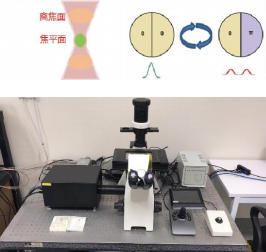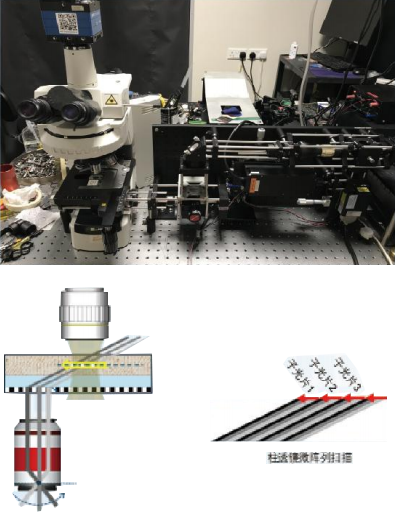Guangzhou Newsight Photoscope Technology Co., Ltd. is a high-tech enterprise dedicated to the research and development, manufacturing, and technology transfer of microscopes. The company's founder, Professor Chen Nanguang, has over 20 years of experience in basic research and industrial transformation at the National University of Singapore.He has long ben engaged in research in the field of biomedical optical imaging and holds multiple international invention patents. The company focuses on the imaging needs in national basic research in life sciences and medical health diagnostics. Based on confocal and light sheet imaging technologies, it provides more advanced imaging solutions for research institutes in life sciences, material sciences, and other fields, addressing customerdemands forhigh frame rateimagingspeed,high resolution, andlarge-scaleimaging depth. The company localizes advanced optical microscopy technology, aiming to create a leading domestic high-end microscopy platform and promote the independent manufacturing of domestic instruments.
Focal Modulation Microscopy (FMM) is a novel imaging method that achieves selective excitation by modulating the light intensity only at the focal point, and then collecting and demodulating the fluorescence emission or backscattered light.This modulation and demodulation scheme significantly reduces background signals caused by multiple scattering.
This product module integrates Focus Modulation Microscopy (FMM) with line-scanning confocal microscopy, combining the advantages of high acquisition speed and strong optical sectioning capability. It meets the requirements for high sensitivity, high image contrast, and high speed in live cell and tissue imaging, making it ideal for imaging high dynamic processes such as calcium oscillations, rapid muscle contractions, vesicle tracking, and blood flow.

The use of microlens arrays in slanted light sheet scanning microscopy significantly improves data acquisition efficiency, elevating traditional 3D applications to a "dynamic 3D" level. Consequently, faster biological activities within organisms can be captured in real-time 3D.
Uniform and well-distributed light sheets reduce phototoxicity and photobleaching of biological samples, and the efficient imaging proces minimizes external impacts on biological activity. Diffraction gratings precisely control the direction and a otthe light beam, allowing the light sheet to be accurately projected onto the sample at a specific slanted angle.Theuseofdiffractiongratings he optical path design of slanted light sheet microscopy, reducing the number and complexity of optical components, thereby enhancing system stability and ease of use. The slanted light sheets created by diffraction gratings are compatible with existing microscope systems, eliminating the need for extensive modifications to current equipment and lowering the threshold for application.
